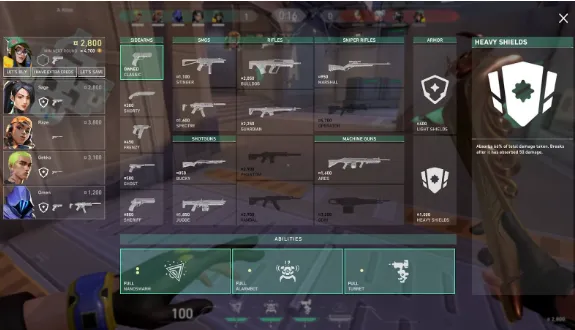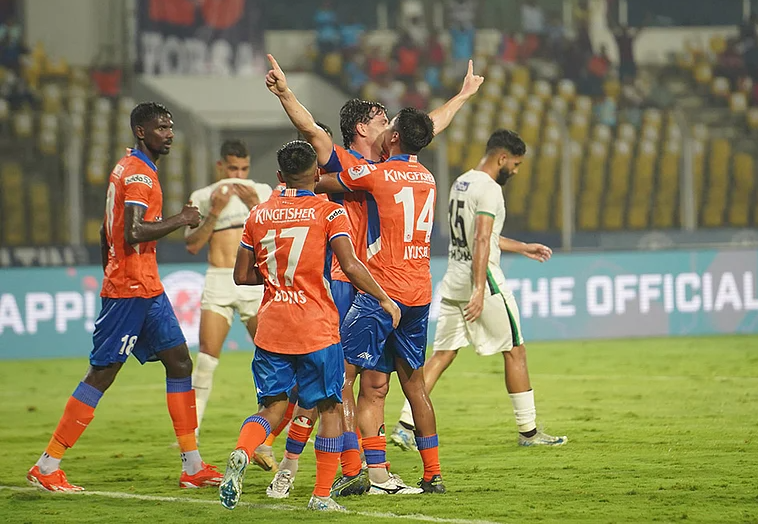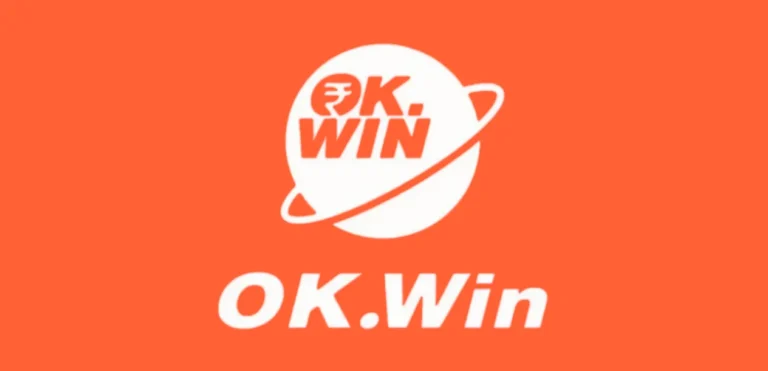Valorant isn’t just a competitive shooter. It’s also the foundation of a booming underground economy built around skins and stacked accounts. What was once a simple cosmetic addition has now evolved into a full-blown market. Players aren’t just chasing Radiant ranks—they’re also hunting down rare skins and premium accounts like collectors after vintage items. The entire scene operates in the shadows, outside the official channels, but it’s growing fast.
Skins as Currency
Valorant skins do more than make weapons look good. They’ve become a kind of digital currency, with real-world value assigned to their rarity, age, and demand. A player might pay $100 or more for a skin bundle that’s no longer in the store. Some skins appreciate in value simply because Riot doesn’t cycle them back into rotation often. In the underground market, rare skins can go for hundreds—and occasionally thousands—of dollars, depending on demand.
Prestige and Status Through Skins
In Valorant, skins aren’t just aesthetics—they signal experience, commitment, or exclusivity. Owning a skin from a past collection tells other players that you’ve been around. Holding a limited-edition bundle lets you flex status. That creates desire, and desire fuels the hidden market. Players who missed past collections want them now. If they can’t wait for a rerun (which may never come), they’re willing to pay a premium.
The Rise of Stacked Accounts
Stacked accounts are Valorant profiles loaded with rare skins, high ranks, or long play histories. Some players sell their own accounts after building them up. Others buy accounts just to show off their collections or skip the grind. A fresh player can buy a stacked account and instantly gain access to elite cosmetics and competitive advantages. This shortcut appeals to players who want the rewards without investing the time.
Why Players Buy Accounts
There are several reasons someone might Buy Valorant Account. Some are collectors chasing specific skins. Others want access to high-ranked lobbies. A few just want a shortcut past the early game or want to avoid bans on their original accounts. Whatever the reason, demand is strong. The supply side has adapted, with sellers specializing in accounts with hand-picked features: specific skins, high win rates, verified emails, and clean behavioral histories.
Risk vs Reward in the Market
Buying or selling accounts and skins outside official means comes with risk. Riot Games prohibits account selling and third-party skin trading. Players caught can lose access to their accounts permanently. But for many, the reward outweighs the risk. Sellers make real money—sometimes thousands of dollars a month. Buyers get instant gratification. That mutual benefit keeps the market alive, even under threat.
Methods of Valuation
Pricing for accounts and skins is less about retail value and more about perceived worth. A clean, high-ELO account with rare skins commands more than a basic one, even if both have spent the same amount on cosmetics. Factors like account age, number of knife skins, exclusivity of collections, and past battle pass completions all factor into valuation. It’s a grey economy, but one with its own internal logic.
Skin Rarity Drives the Market
Not all skins are created equal. Valorant’s skin tiers—Select, Deluxe, Premium, Exclusive, Ultra—affect price and desirability. But beyond tiers, what really drives up prices is rarity. Skins from old battle passes, discontinued bundles, or promotional events are hot commodities. Some skins are so rare that owning them instantly makes a player stand out. Sellers capitalize on that by hoarding these skins and building accounts around them.
Account Flipping Becomes a Side Hustle
For some, flipping Buy Valorant Account has become a side hustle. They start with a new account, level it up, buy a few high-demand skins, and build up a competitive rank. Then they sell it. Rinse and repeat. The process isn’t quick, but it’s profitable. Especially for players who already spend hours in the game, turning that time into money can be appealing.
Regional Price Gaps Create Arbitrage
Valorant skins are priced differently across regions due to currency variations and economic conditions. That opens up arbitrage opportunities. Players in lower-cost regions buy skins at cheaper rates and then sell or trade those accounts to players in higher-cost countries. This kind of regional flipping adds another layer to the hidden economy—one that Riot has limited control over.
Boosted Accounts in the Market
Some stacked accounts aren’t just filled with skins—they also come with inflated ranks, often achieved through account boosting. Sellers either play themselves or hire someone to grind the account to Platinum, Diamond, or higher. For buyers, a high-ranked account offers better matchmaking, but it also risks exposure. Riot’s systems can detect boosting patterns, and bans are common. Still, the demand for such accounts remains high.
Buyers Don’t Always Know the Risks
A big issue in the Valorant black market is that many buyers are unaware—or unconcerned—about the consequences. They think buying a skin-loaded or high-rank account is a harmless transaction. In reality, they’re violating Riot’s terms of service. If caught, they could lose everything overnight. But the market thrives on that gamble. The average buyer assumes they won’t get caught. And sellers rarely mention the risks up front.
Secondary Economies Around the Market
The Valorant skin/account trade has birthed secondary services—consultants who help price accounts, designers who create ads for sellers, middlemen who hold accounts for secure transfers, and even “account doctors” who clean up accounts before resale. The ecosystem is larger than just buyer and seller. It includes layers of roles that mirror more formal economies, despite being entirely unofficial.
The Role of Scarcity and FOMO
Scarcity drives urgency. Riot’s model of limited-time skins and battle passes creates artificial rarity. Players know that once a skin is gone, it may not come back. That creates a Fear of Missing Out (FOMO), which fuels the secondary market. Sellers tap into this psychology, emphasizing “last chance” collections and exclusive bundles to pressure buyers. It’s emotional marketing, and it works.
Riot’s Fight Against the Market
Riot Games actively tries to shut down account selling and unauthorized trading. They ban accounts that are transferred, boosted, or accessed through unapproved methods. They tighten security systems and monitor suspicious activity. But the cat-and-mouse game continues. Every time Riot changes policy or enforces a crackdown, sellers adapt. The market survives, evolves, and re-emerges in new forms.
A Cultural Shift in Gaming Ownership
What’s happening in Valorant mirrors a broader trend in gaming. Players no longer see digital assets as throwaway content. They view them as valuable. In-game cosmetics have become part of a player’s identity. Ownership matters. As a result, digital goods—from skins to emotes to ranks—are treated like real assets. That shift in perception is why the hidden market isn’t going away. If anything, it’s becoming more normalized.
The Ethics of the Underground
There’s a moral debate at the heart of the Valorant black market. Some argue it’s simply supply meeting demand. Others say it undermines the integrity of the game. Account selling bypasses the work, patience, and progression that games are built on. It also opens the door for scams, fraud, and toxicity. While it’s profitable, it’s not without consequences—for players and the game’s ecosystem alike.
The Future of Valorant’s Hidden Market
As long as Valorant remains popular and its skins remain limited, the market will keep growing. Even if Riot tightens its grip, demand will push the economy forward. What may change is how it operates—moving to private circles, encrypted platforms, or invite-only groups. The market may go deeper underground, but it won’t disappear.
Conclusion: A Market That Reflects the Players
The hidden market of Valorant skins and stacked accounts isn’t just about profit. It’s about identity, prestige, and access. Players want to stand out, look elite, and skip the grind. That desire has created an entire ecosystem operating beneath the surface of one of the world’s biggest shooters. It’s risky, it’s unofficial, and it’s not going anywhere. Because at the end of the day, Valorant isn’t just a game—it’s also a status symbol.








